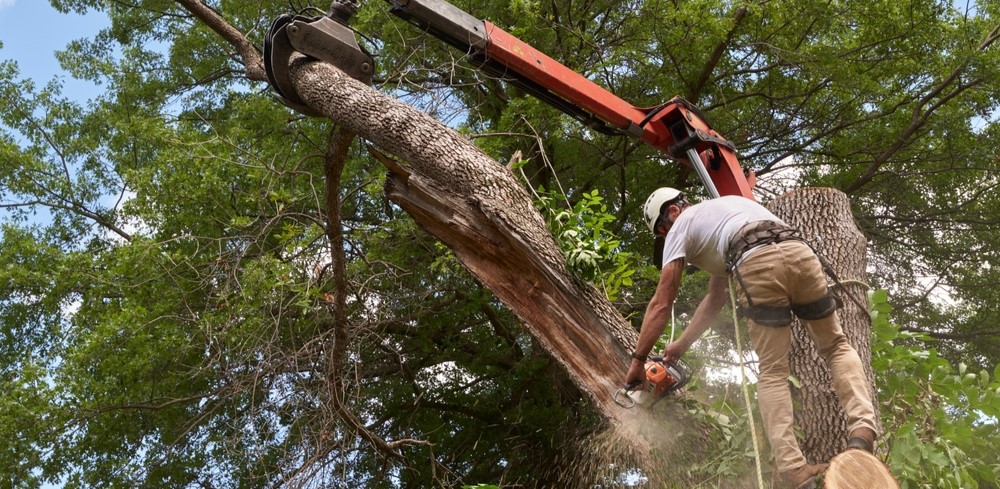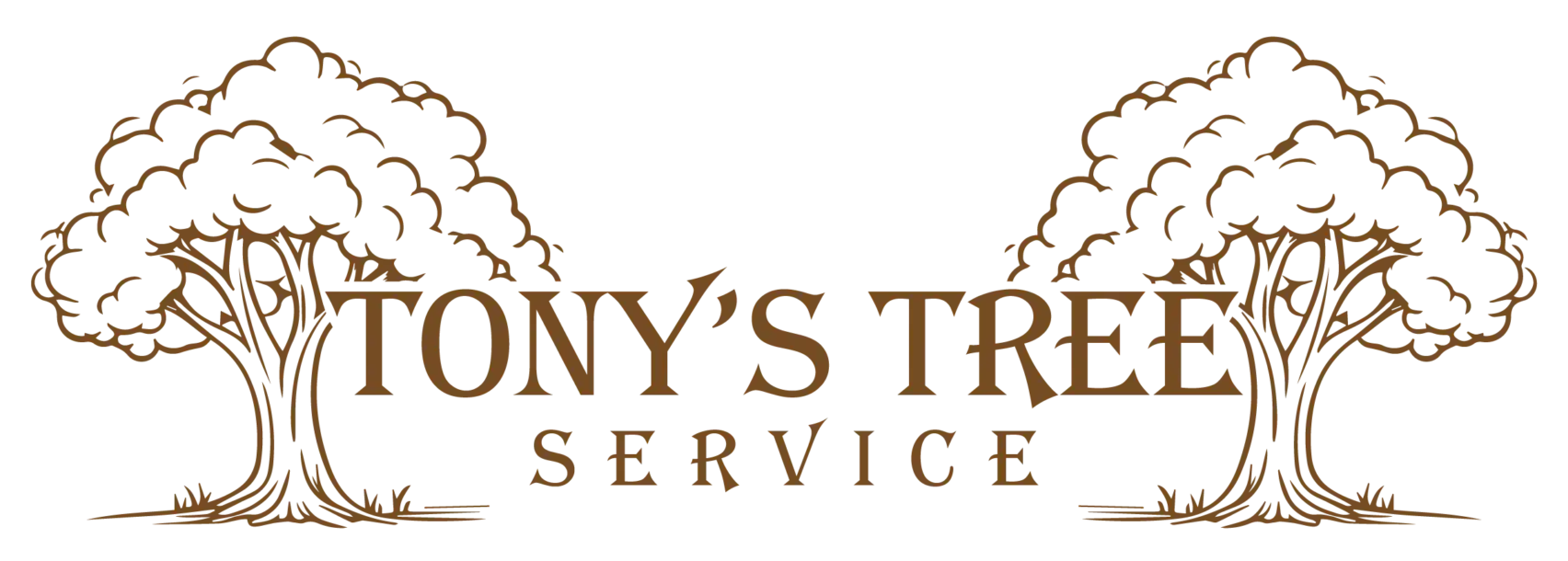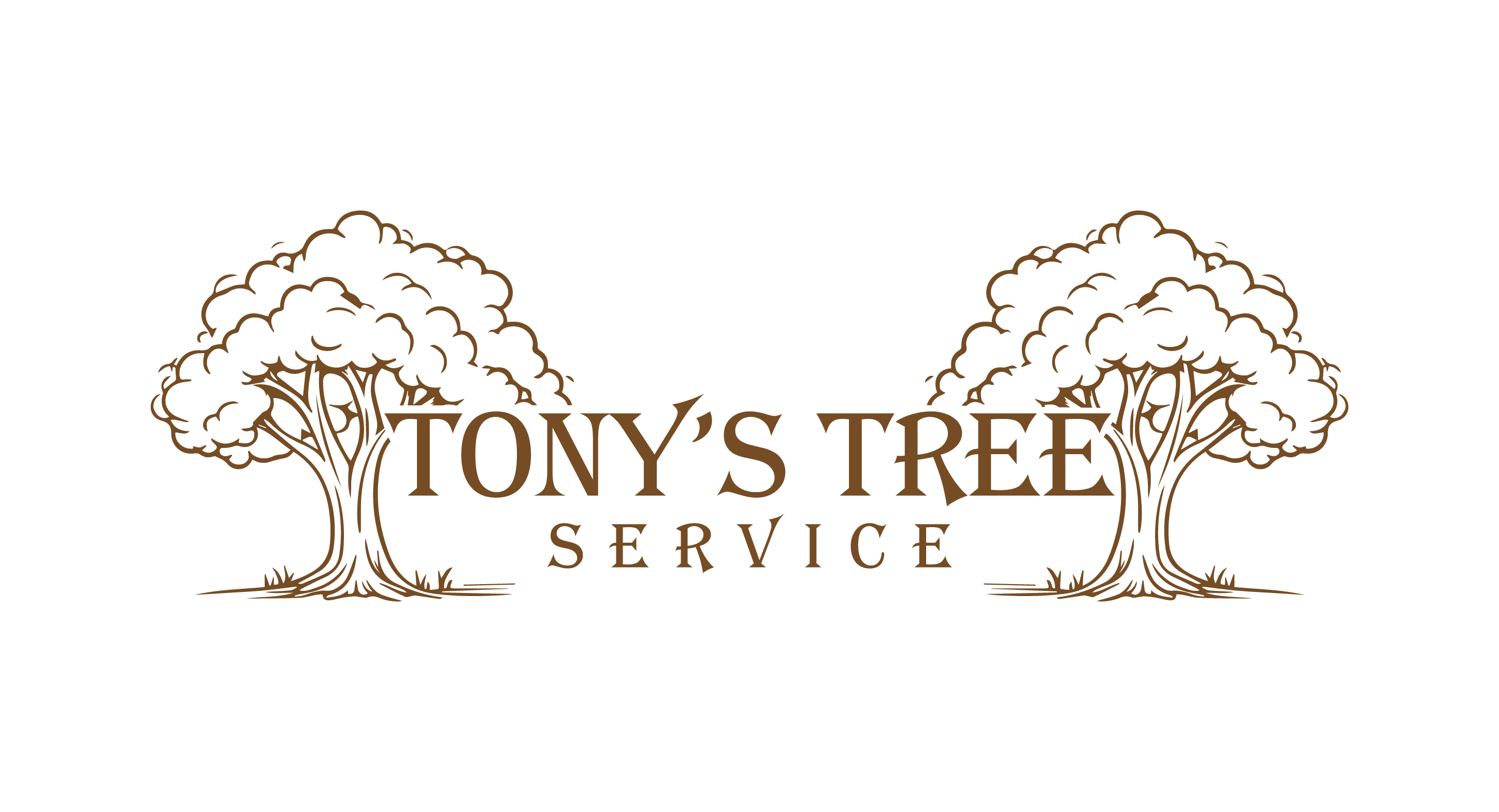
Cost-Effective Solutions For Tree Removal and Land Clearing
Tree removal and land clearing are essential tasks that require careful planning, expertise, and the right equipment to ensure safety and efficiency. Whether you’re clearing a lot for development, removing hazardous trees, or enhancing your property’s aesthetics, choosing cost-effective solutions is key to achieving your goals within budget.
This comprehensive guide explores various tree removal methods, considerations, and tips for cost-effective tree removal and land clearing.
Understanding Tree Removal and Land Clearing
Tree removal services involves cutting down trees and removing them from a specific area. It may be necessary due to safety concerns, disease or damage, obstruction of construction projects, or to clear space for landscaping.
Land clearing services, on the other hand, encompasses the removal of trees, vegetation, and debris to prepare land for new construction, agriculture, or landscaping purposes.
Factors Affecting Cost-Effective Solutions
Several factors influence the cost-effectiveness of tree removal and land clearing projects:
- Tree Size and Number: The size and number of trees to be removed significantly impact costs. Larger trees or multiple trees require more time, labor, and potentially specialized equipment for removal.
- Location and Accessibility: Trees located close to structures, power lines, or in challenging terrain can increase costs due to the need for careful maneuvering and safety precautions.
- Tree Condition and Health: Diseased, damaged, or unstable trees may require extra care and precaution during removal, potentially increasing costs.
- Debris Removal and Disposal: Proper disposal of tree debris adds to the overall cost. Some projects may require chipping, hauling, or recycling of wood and vegetation.
- Permitting and Regulations: Local regulations, permits, and environmental considerations can affect the cost and feasibility of tree removal and land-clearing projects.
Cost-Effective Solutions for Tree Removal
Selective Tree Removal
Selective tree removal services focus on removing specific trees rather than clearing entire areas, which helps minimize costs while preserving the landscape’s aesthetics and environmental benefits.
This approach involves assessing each tree individually to determine its health, location, and impact on the surroundings. By strategically choosing which trees to remove, property owners can maintain the integrity of their landscape while addressing immediate needs like safety or construction clearance.
Use of Efficient Equipment
Employing modern and efficient equipment such as chainsaws, chippers, and cranes is essential for streamlining tree removal operations and reducing labor costs. These tools enable arborists to work more quickly and effectively, especially in handling large or complex tree removal tasks.
Efficient equipment not only speeds up the process but also ensures safety and precision, minimizing potential damage to surrounding property and vegetation.
DIY vs. Professional Services
When considering tree removal, it’s crucial to weigh the benefits and risks of DIY (Do-It-Yourself) tree removal versus hiring professional services. DIY tree removal methods may seem cost-effective initially but can pose significant safety hazards and legal risks, especially for larger or hazardous trees.
Hiring certified tree removal services ensures expertise in tree assessment, safe removal techniques, and compliance with local regulations. Professionals also have access to specialized equipment and insurance coverage, providing peace of mind and avoiding potentially costly mistakes.
Bulk Pricing and Estimates
Obtaining multiple quotes from reputable tree service companies allows property owners to compare pricing, services offered, and potential discounts for bulk removal or clearing multiple trees simultaneously.
Many companies offer competitive pricing based on the volume of work, providing cost-saving opportunities for comprehensive tree removal projects. Requesting detailed estimates helps in understanding the breakdown of costs and ensures transparency in service delivery.
Reuse and Recycle
Recycling tree debris for mulch, firewood, or other landscaping purposes is not only environmentally friendly but also reduces disposal costs. Mulching tree branches and wood chips can enrich soil quality, suppress weed growth, and conserve moisture in gardens or landscape beds.
Larger wood pieces can be cut and seasoned for firewood, providing a sustainable source of heat during colder months. By incorporating recycling practices into tree removal projects, property owners contribute to sustainable land management and reduce overall project expenses.
Cost-Effective Solutions for Land Clearing
- Clearing Prioritization: Prioritize clearing areas based on immediate needs, such as construction zones, and phase clearing based on project timelines and budget constraints.
- Mechanical Clearing: Utilize heavy machinery like bulldozers or excavators for efficient removal of trees, stumps, and vegetation over large areas.
- Preservation of Valuable Trees: Identify and preserve trees that add value to the landscape or provide ecosystem benefits, minimizing unnecessary removal costs.
- Eco-friendly Practices: Implement erosion control measures, proper debris management, and compliance with environmental regulations to avoid fines and additional costs.
- Planning and Project Management: Thorough planning, including site surveys, risk assessments, and clear communication with contractors, ensures cost-effectiveness and project success.
Tips for Ensuring Cost-Effective Results
- Plan Ahead: Define project goals, budget constraints, and timelines before hiring tree removal or land clearing services.
Evaluate Risks and Benefits: Assess potential risks, environmental impacts, and long-term benefits of tree removal and land clearing to make informed decisions. - Obtain Multiple Quotes: Compare quotes from different contractors based on services offered, project timelines, and total cost estimates.
- Consider Long-term Savings: Invest in preventive maintenance and sustainable practices to reduce future tree removal and land clearing costs.
- Consult with Experts: Seek advice from certified arborists, land management professionals, and local authorities to navigate regulations and ensure compliance.
Conclusion
Cost-effective tree removal and land clearing services require careful planning, consideration of factors influencing costs, and adherence to safety and environmental standards. By choosing efficient tree removal methods, leveraging modern equipment, and prioritizing sustainability, property owners can achieve their goals while optimizing their budget and resources.
Contact Us Now
For professional tree removal and land clearing services tailored to your needs, contact us today.
FAQs
What factors influence the cost of tree removal?
The cost of tree removal is influenced by several factors including the size and number of trees, their location and accessibility, tree health and condition, debris removal requirements, and local permitting regulations. Assessing these factors helps determine the overall cost and approach to tree removal projects.
Is DIY tree removal a cost-effective option?
DIY tree removal may appear cost-effective initially, but it can pose significant risks and challenges, especially for large or hazardous trees. Hiring professional tree services ensures expertise, safety, and compliance with local regulations, ultimately minimizing risks and potential additional costs.
How can recycling tree debris reduce project costs?
Recycling tree debris for mulch, firewood, or landscaping materials reduces disposal costs and supports eco-friendly practices. Mulching branches and wood chips enrich soil quality, while using larger wood pieces for firewood provides a sustainable resource. These practices contribute to cost savings and environmental stewardship.

